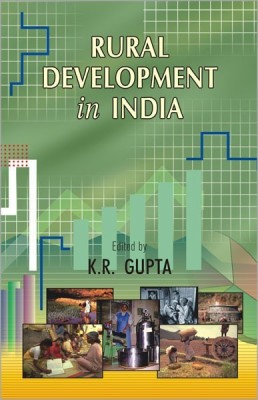Rural Development in India(English, Hardcover, unknown)
Quick Overview
Product Price Comparison
Since Independence India has made a significant progress in various sectors of rural development. Efforts have been made to bring about rapid and sustainable development and socio-economic transformation in rural India with an integrated approach towards improving the quality of life of rural poor and ensuring equity and effective peopleŌĆÖs participation. The thrust of rural development programmes has been to make a frontal attack on poverty through special employment generation programmes, productive asset transfer through institutional credit and subsidy programmes and programmes of rural housing, drinking water and sanitation. Strong thrust has been given to social security programmes for providing assistance to the destitutes and poor families. The Government has undertaken development of wastelands, desert and drought prone areas and land reforms in the country. Assistance and encouragement to voluntary agencies and training of functionaries of rural development forms part of the emphasis on accelerated rural development. Any strategy for rural development must involve the people themselves and their institutions at all levels. The need for revitalising Panchayati Raj Institutions has, therefore, been recognised as an instrument for participative planning and implementation of various development programmes at grassroot level. The Government is constantly endeavouring to empower the Panchayati Raj Institutions in terms of functions, powers and finance. Agriculture plays an important role in the rural development. The Agricultural Sector provides livelihood to about sixty-four per cent of the labour force, contributes nearly twenty-six per cent of Gross Domestic Product and accounts for about eighteen per cent share of the total value of countryŌĆÖs exports. It supplies bulk of wage goods required by the non-agricultural sector and raw materials for large section of industry. The Volume studies the problems, policies and programmes of rural development. It has a wide coverage and includes papers written by experts spread over the whole country. It is hoped that the book will prove very useful to the researchers and students of Economics, government executives concerned with the formulation and execution of policies for rural development, parliamentarians and legislators, and the common readers interested in rural development.


